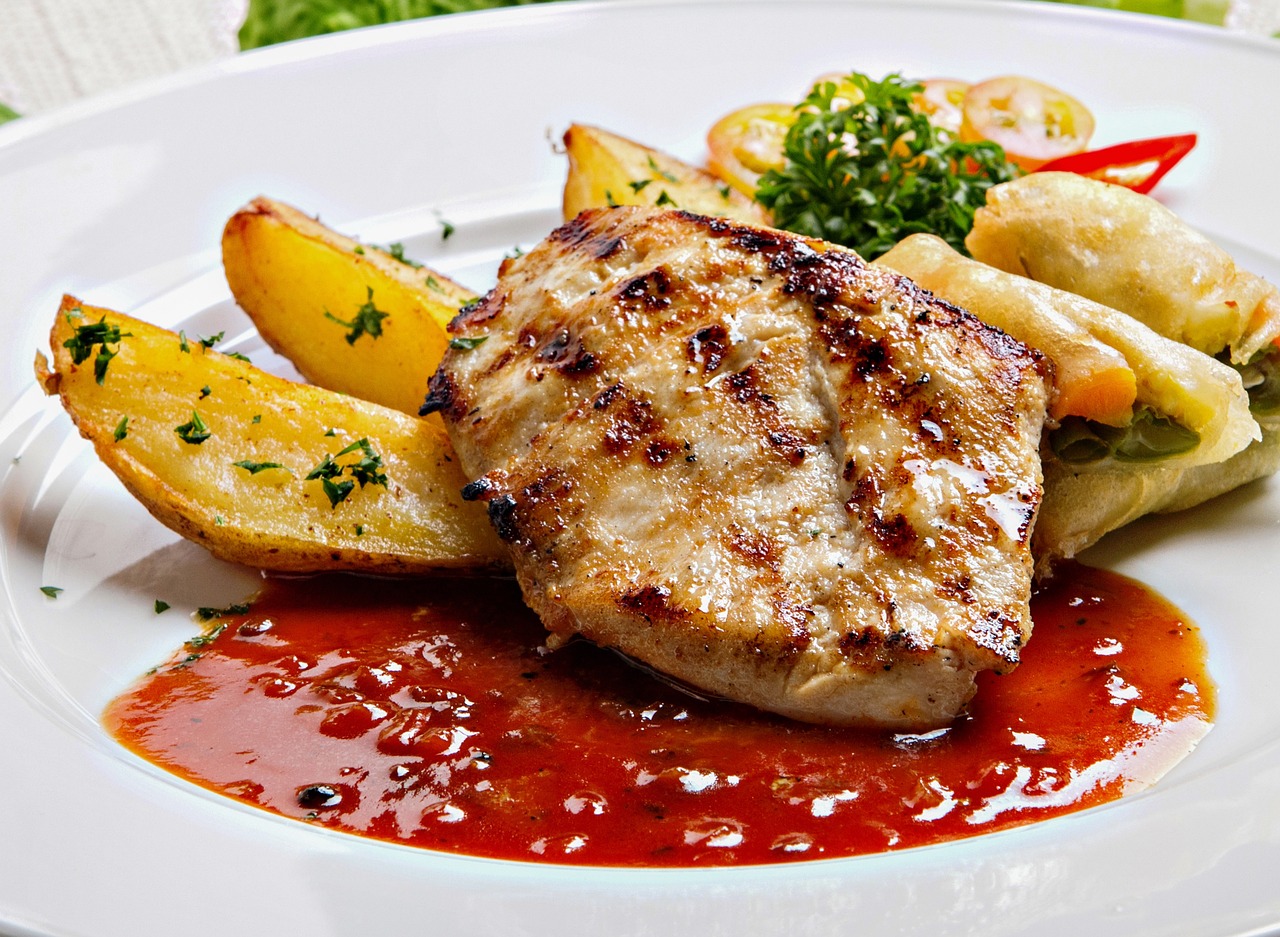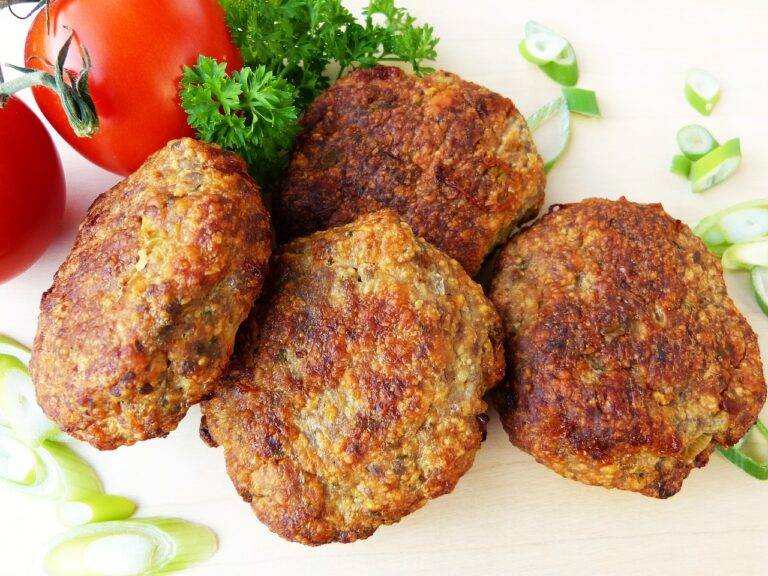How to Make the Perfect Stir-Fry with Seasonal Vegetables
For the perfect stir-fry, selecting quality ingredients is essential. Start by choosing fresh vegetables that are in season for optimal flavor and texture. Crisp bell peppers, tender snow peas, and vibrant broccoli are excellent choices to add color and nutrients to your dish. Opt for a variety of vegetables to create a dynamic flavor profile and a visually appealing stir-fry.
In addition to vegetables, a protein source such as tofu, chicken, beef, or shrimp can be added to make the stir-fry more satisfying and well-rounded. Marinate the protein in a flavorful mixture of soy sauce, ginger, and garlic to infuse it with delicious taste. Remember to have all your ingredients prepped and ready to go before you start cooking to ensure a smooth and efficient stir-fry process.
Choosing the Freshest Seasonal Vegetables
When selecting the freshest seasonal vegetables for your stir-fry, it is important to look for vibrant colors and firm textures. Opt for vegetables that feel heavy for their size, as this indicates they are packed with moisture and nutrients. In addition, choose vegetables that have a bright and crisp appearance, as these are usually the freshest ones available.
Another key factor to consider when choosing seasonal vegetables is their scent. Fresh vegetables should have a clean and earthy aroma, without any hint of sourness or decay. Avoid vegetables that appear wilted or have blemishes, as these signs indicate that they are past their prime and will not contribute to the delicious flavors of your stir-fry.
Preparing and Cutting the Vegetables
When it comes to preparing vegetables for a stir-fry, it’s essential to ensure that they are cut uniformly to promote even cooking. Begin by washing and drying the vegetables thoroughly to remove any dirt or impurities. Once cleaned, use a sharp knife to slice the vegetables into equal-sized pieces. This will not only help in achieving a visually appealing stir-fry but also ensure that all the ingredients cook at the same rate.
In addition to the shape of the cut, consider the thickness of the vegetables as well. Vegetables like carrots or broccoli may require slightly longer cooking times due to their density, so cutting them into thinner slices or smaller florets can help in speeding up the cooking process. On the other hand, softer vegetables such as bell peppers or zucchini can be sliced a bit thicker as they cook relatively quickly. By paying attention to these details while cutting your vegetables, you can elevate the texture and taste of your stir-fry dish.





